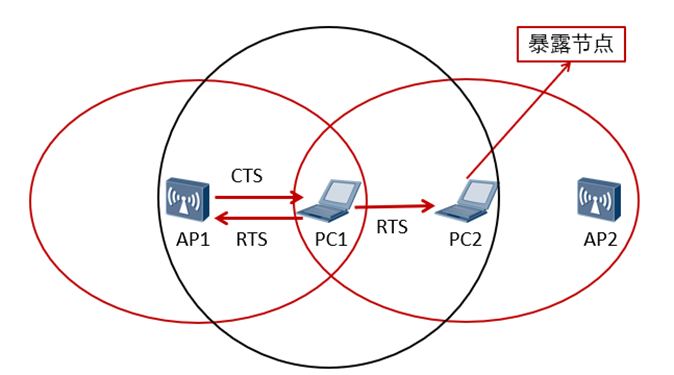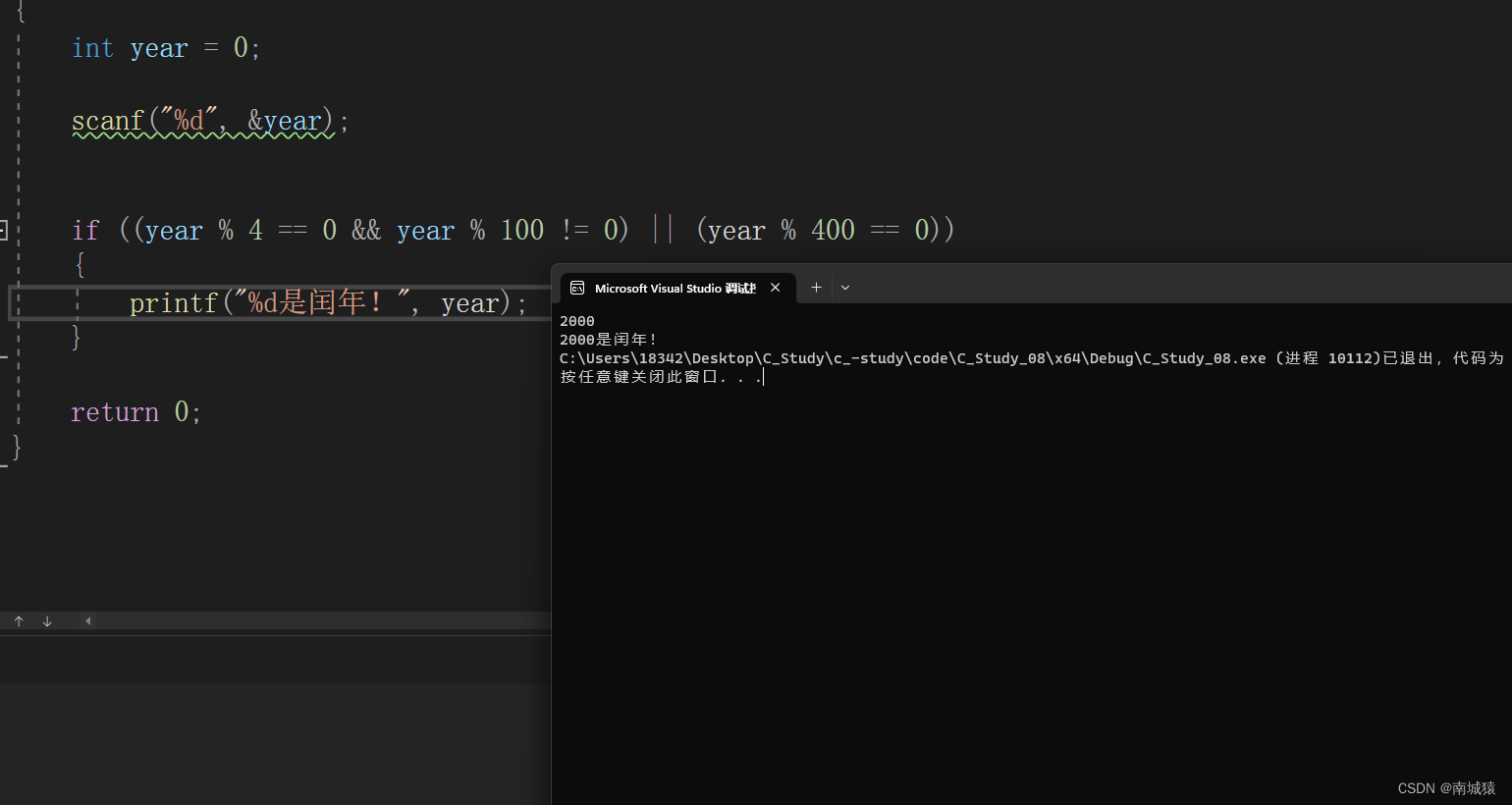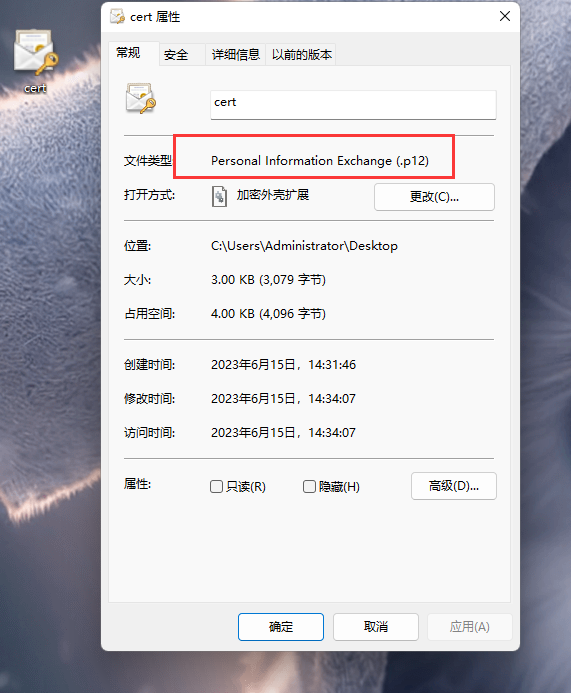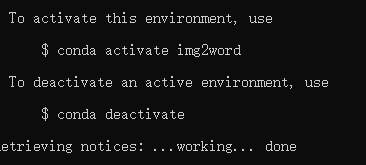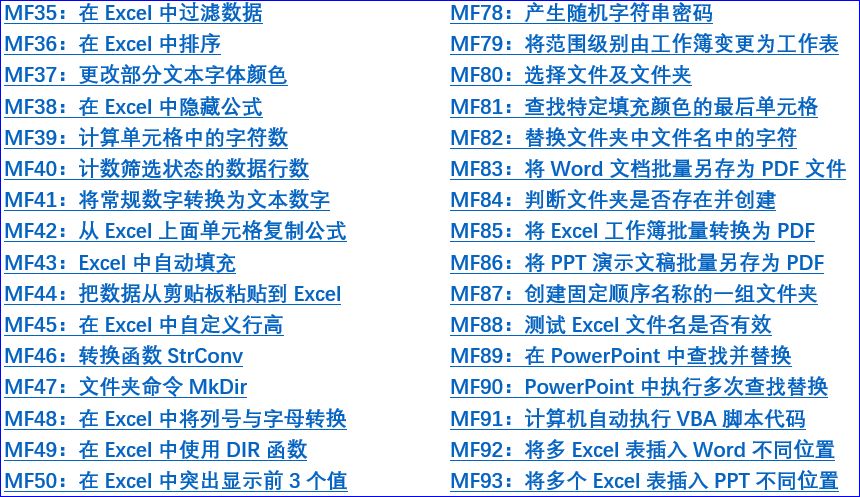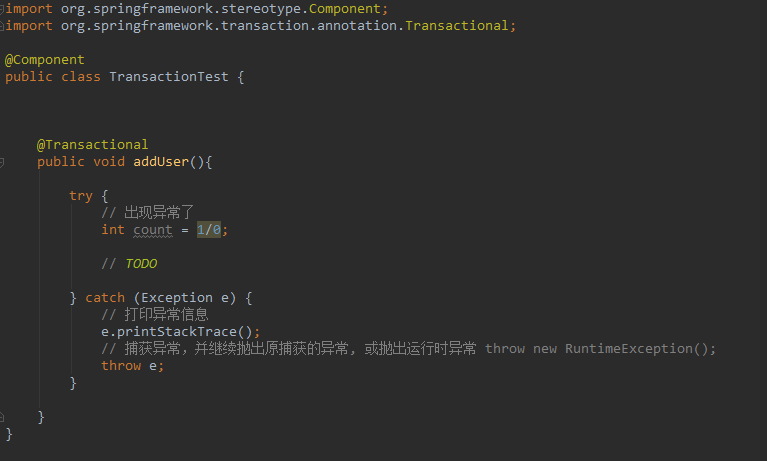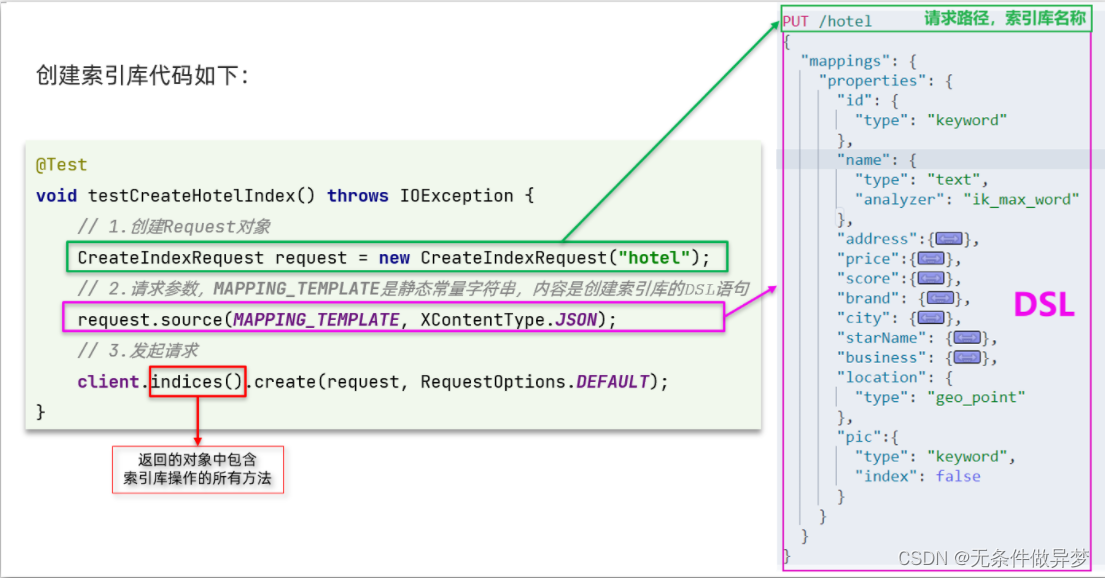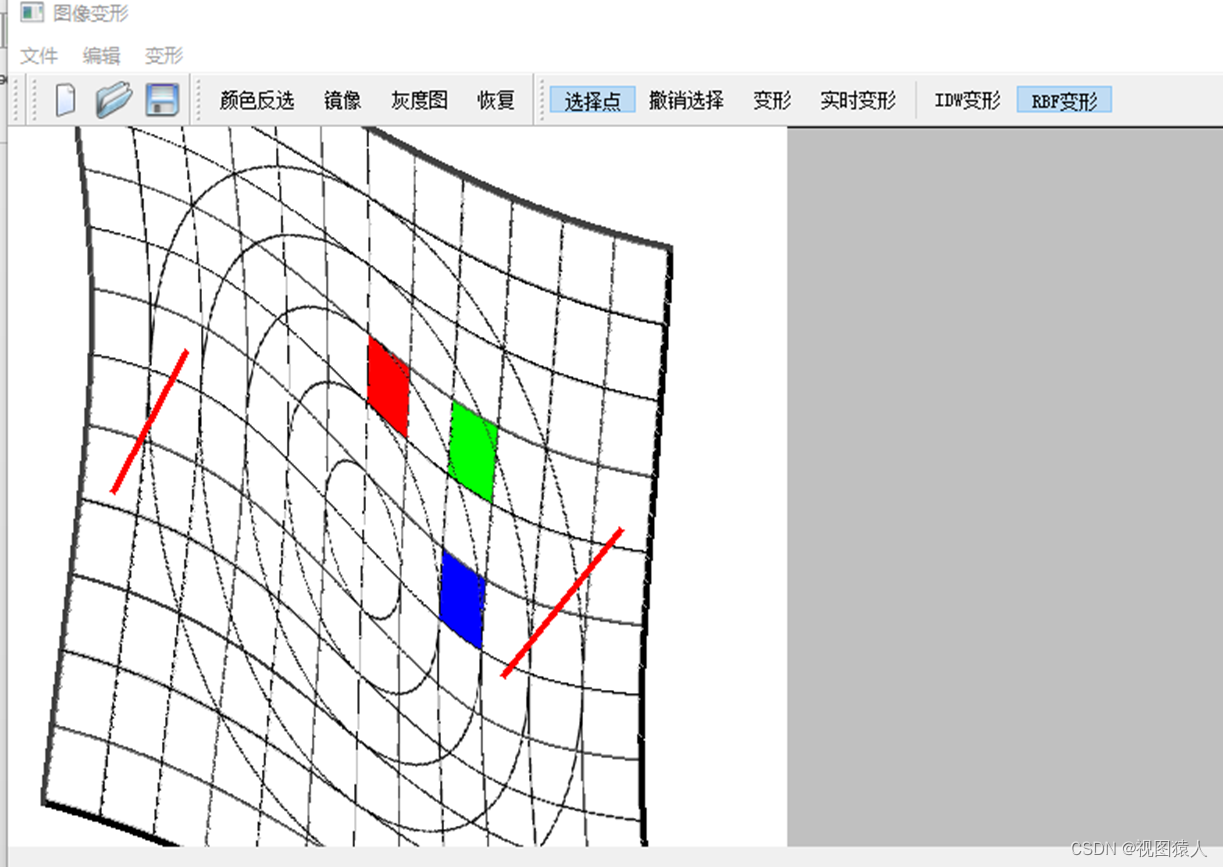1.题目
给你两个字符串 haystack 和 needle ,请你在 haystack 字符串中找出 needle 字符串的第一个匹配项的下标(下标从 0 开始)。如果 needle 不是 haystack 的一部分,则返回 -1 。
2.示例

3.思路
回溯算法:首先将字符串拆分成字符数组,然后对数组进行遍历,进行一一匹配,如果出现匹配失败则回溯到一开始的数组重新进行下一次匹配。
LeetCode代码:
class Solution {
public int strStr(String haystack, String needle) {
char hays[]=haystack.toCharArray();
char needs[] = needle.toCharArray();
int dex = 0;
int count = 0;
int j = 0;
for (int i=0;i< hays.length;i++){
if (hays[i] == needs[j]){
count++;
if (j==needs.length-1){
dex = i-(needs.length-1);
break;
}
j++;
continue;
}else { i=i-count;j = 0; count=0;}
}
if (count!=needs.length){
dex = -1;
}
return dex;
}
}案例详细代码:
package LeetCode09;
public class javaDemo {
public static void main(String[] args) {
// 查找字符串第一个出现
String haystack = "mississippi";
String needle = "issi";
char hays[] = haystack.toCharArray();
char needs[] = needle.toCharArray();
// 设置计数器,初始化下脚标
int dex = 0;
int count = 0;
int j = 0;
// 遍历数组
for (int i = 0; i < hays.length; i++) {
// 判断如果当前字符匹配则往下走
if (hays[i] == needs[j]) {
count++;
if (j == needs.length - 1) {
dex = i - (needs.length - 1);
break;
}
j++;
continue;
} else {
// 如果出现不匹配则进行回溯
i=i-count;
j = 0;
count = 0;
}
}
// 判断是否有足够的count
if (count != needs.length) {
dex = -1;
}
System.out.println(dex);
}
}
总结:
时间复杂度:n 为原串的长度,m 为匹配串的长度。其中枚举的复杂度为 O(n−m)O(n - m)O(n−m),构造和比较字符串的复杂度为 O(m)O(m)O(m)。整体复杂度为 O((n−m)∗m)O((n - m) * m)O((n−m)∗m)。
空间复杂度:O(1)O(1)O(1)。


